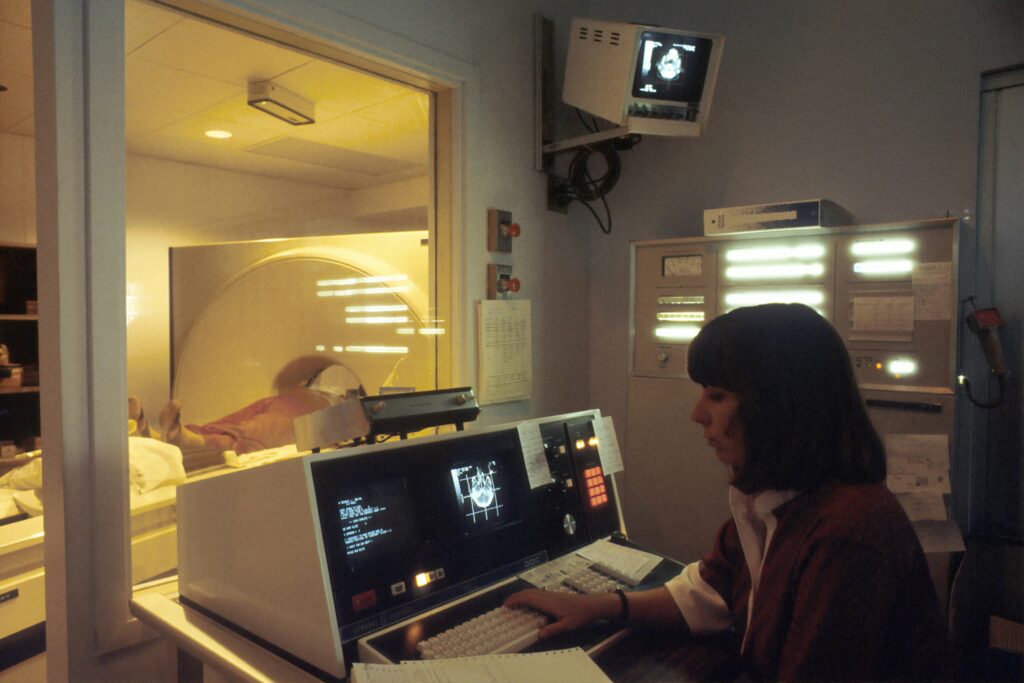
You can always be judged by your scars. This idea encapsulates a groundbreaking achievement in basic and biomedical research published today in the journal Science by the Spanish National Cancer Research Centre (CNIO). The study introduces the “human REPAIRome,” a comprehensive catalogue detailing the repair of breaks in the DNA molecule.
A research group at CNIO has identified 20,000 types of scars left in human DNA after repair and organized them on the human REPAIRome portal, accessible to the global scientific community. This catalogue of scar patterns in repaired DNA is a valuable resource for both basic research and medical applications, particularly in tailoring cancer treatments.
‘It is an ambitious piece of work, which we hope will become a truly useful resource in cancer research and also in clinical practice,’ says Felipe Cortés, head of CNIO’s DNA Topology and DNA Breaks group and lead author of the study.
Understanding DNA Scars
DNA, the molecule that carries genetic instructions, is prone to breaks due to cellular dynamics and environmental factors like sun exposure. These breaks pose a threat to cell survival, necessitating repair. However, each repair leaves behind a “mutational footprint,” or scars, offering insights into the type of damage and the repair mechanisms employed.
Decoding these scars can lead to new treatments. Just as the marks on the skin differ after a cut or burn, DNA alterations post-repair reveal the nature of the damage and the repair process. This understanding is crucial for cancer treatment, as many therapies work by inducing DNA breaks.
The Human REPAIRome: A Breakthrough in Cancer Research
The human REPAIRome highlights the variation in DNA scar patterns depending on the presence or absence of specific genes. This breakthrough was made possible by CNIO’s revelation of how each gene influences scarring. The REPAIRome, published in Science, examines mutational footprints across 20,000 different cell populations, each lacking a specific gene.
‘If you look at certain scars in the DNA of tumours, you can infer which genes are not working, and this is useful for designing specific treatments,’ explains Cortés.
Massive Analysis and Technological Advances
The development of the REPAIRome required disabling a different gene in each of 20,000 cell populations, inducing breaks using CRISPR, and observing the resulting scars. This massive analysis was conducted simultaneously across all populations, showcasing a technological advancement that holds promise for future studies.
‘This has required a significant computational effort, including the development of new analysis and representation tools,’ says Daniel Giménez, a researcher in the Chromosome Dynamics group at CNIO.
Implications for Cancer and Gene Editing
REPAIRome specifically addresses the repair of DNA double-strand breaks (DSBs), one of the most severe forms of DNA damage. Understanding DSB repair is critical, as cancer therapies often aim to disrupt DNA to kill tumour cells. Insights from the REPAIRome could lead to identifying new therapeutic targets and improving gene-editing tools like CRISPR-Cas systems.
‘In-depth understanding of how double-strand break repair mechanisms operate (…) is an area of extraordinary interest, with implications for human health, including cancer biology and treatment, as well as for our efforts towards full control of CRISPR-Cas gene-editing technologies,’ the authors write in Science.
Funding and Future Prospects
This project received funding from state and European public funds through the joint programme ‘A way of making Europe’ of the Ministry of Science, Innovation and Universities (Spanish Research Agency, AEI) and ERDF funds. Additional funding came from the AEI, the Autonomous Community of Madrid, and grants from the “la Caixa” Foundation and the Spanish Association Against Cancer (AECC).
The Spanish National Cancer Research Centre (CNIO) is a public research institution under the Ministry of Science, Innovation and Universities. As Spain’s largest cancer research centre and a leading European institution, CNIO is committed to advancing cancer prevention, diagnosis, and treatment.
The human REPAIRome represents a significant leap forward in cancer research, offering a platform for new discoveries and potential therapeutic advancements. As researchers continue to explore the REPAIRome, the scientific community anticipates further insights into DNA repair mechanisms and their implications for personalized medicine.





